| Origin: |
Native to North America |
| Use: |
Perennial, cool season, native grass that provides fair grazing for wildlife and livestock. |
| Image: |
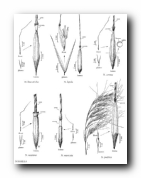
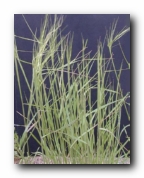
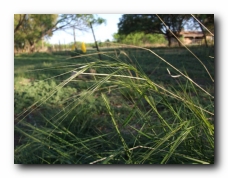
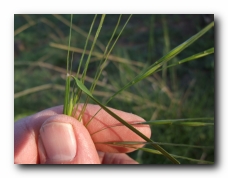
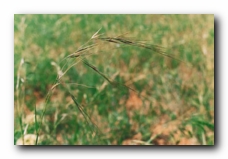
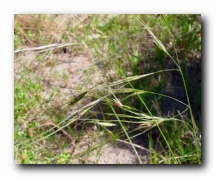
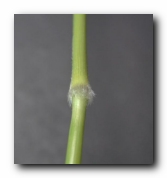
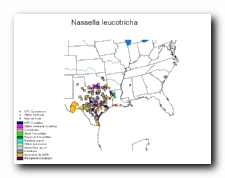 |
| Plant Description: |
| General |
|
| Life Span |
perennial |
| Growth Form |
tall, erect, bunchgrass |
|
| Management: |
Seeding Rate
40" Rows:
Broadcast: |
|
| Planting Date |
|
| Planting Depth |
|
| pH requirement |
|
Soil texture Sandy:
Loam:
Clay: |
Moderate
High
Moderate |
| Cold Tolerance: |
High |
| General |
Provides fair grazing for wildlife and livestock. |
| ID Features: |
This bunchgrass grows 12 to 24 inches tall, sometimes as taIl as 42 inches. Stems usually are erect but sometimes are prostrate with short, hairy nodes. Dark green blades are beset with short, bristly, white hairs and are rough on both sides. The light brown seed has a single, twisted, bent awn, 2½ to 4 inches long, and a barbed callus in the base; hence, it is sometimes called speargrass. In late spring, the white, persistent glumes resemble oats after the awned seeds have fallen. A self-fertilized spikelet may be found at the base of the stem. |
Special Notes: |
Other common names--speargrass, needlegrass
Although not planted, can provide valuable forage when present.
Palatability and quality rapidly decline with maturity.
Texas Wintergrass (Nassella leucotricha) Information #1 |







